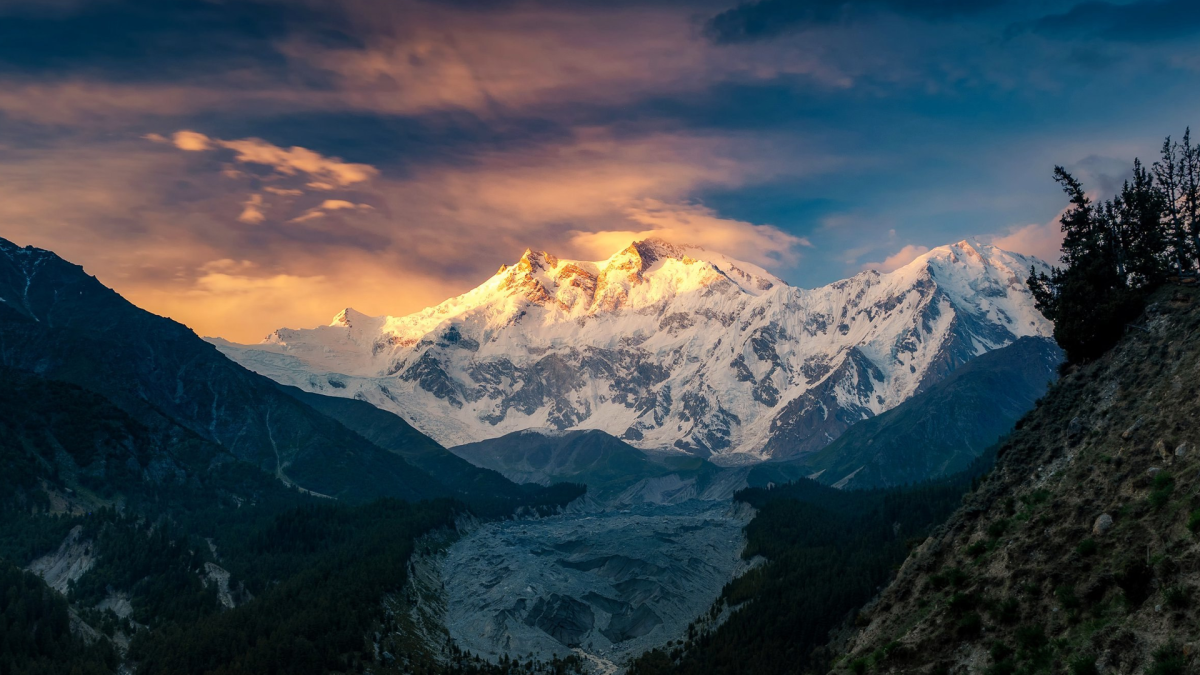Mountaineering is a sport or activity that involves ascending mountains, typically focusing on climbing to the summit of peaks. It combines elements of hiking, climbing, and outdoor skills to navigate and conquer challenging terrain and high altitudes. Mountaineering can range from basic hiking and scrambling to technical rock and ice climbing, depending on the route’s difficulty and the climbers’ skills.
Everest Base Camp (EBC) is the starting point for climbers attempting to summit Mount Everest, the highest peak in the world. It is located in the Khumbu region of Nepal at an altitude of approximately 5,364 meters (17,598 feet) above sea level.
Trekking to Everest Base Camp: The trek to Everest Base Camp is a popular adventure for trekkers who want to experience the beauty of the Everest region and get a glimpse of the world’s highest peak. The trek offers stunning mountain vistas, unique Sherpa culture, and an opportunity to be near the towering Everest.
Starting Point: The trek usually begins with a scenic flight from Kathmandu, the capital city of Nepal, to Lukla. Lukla is a small town in the Everest region and is the starting point for most trekkers. From Lukla, the trek proceeds through various villages and trails, gradually gaining altitude.
Highlights: The trek to Everest Base Camp offers spectacular views of snow-capped mountains, including Everest, Lhotse, Nuptse, Ama Dablam, and many others. Trekkers pass through picturesque Sherpa villages, Buddhist monasteries, suspension bridges, and alpine landscapes along the way. The famous viewpoint of Kala Patthar (5,545 meters/18,192 feet) provides a breathtaking panoramic view of Everest and its surrounding peaks.
Challenges: The trek to Everest Base Camp is considered moderately difficult. The trail involves steep ascents and descents, rugged terrain, and high altitude, which can pose physical challenges. However, with proper preparation, physical fitness, and acclimatization, it is achievable for individuals with a moderate level of trekking experience.
The Everest Base Camp Trek is a popular hiking adventure in the Himalayas, specifically in the Everest region of Nepal. It takes you to the base camp of Mount Everest, the world’s highest peak, offering stunning landscapes and a chance to experience the unique Sherpa culture.
Here are some key points about the Everest Base Camp Trek:
Duration: The trek to Everest Base Camp is typically around 12-16 days, depending on the itinerary and the trekker’s pace. This duration allows for proper acclimatization to the high altitude.
Itinerary: The trek usually starts with a flight from Kathmandu to Lukla, a small town in the Everest region. From Lukla, you trek through various villages and scenic trails, passing through places like Namche Bazaar, Tengboche, Dingboche, and Lobuche. Finally, you reach Everest Base Camp, located at an elevation of about 5,364 meters (17,598 feet) above sea level.
Difficulty Level: The Everest Base Camp Trek is considered a challenging trek due to its high altitude and rugged terrain. However, with proper preparation, acclimatization, and physical fitness, it is achievable for individuals with moderate hiking experience.
Acclimatization: Acclimatization is crucial during the trek to prevent altitude sickness. Trekkers usually spend a couple of days at Namche Bazaar, a bustling Sherpa town at an altitude of 3,440 meters (11,286 feet). This allows the body to adjust to the increasing altitude before continuing the ascent.
Permits: To trek in the Everest region, you need the Sagarmatha National Park Permit and the TIMS (Trekkers’ Information Management System) card. These can be obtained in Kathmandu or through a trekking agency.
Best Time to Trek: The best time to undertake the Everest Base Camp Trek is during the spring (March to May) and autumn (September to November) seasons when the weather is relatively stable and clear. These months offer the best views and comfortable temperatures for trekking.
Accommodation: Along the trail are tea houses and lodges providing basic accommodation and meals. Local Sherpa families operate these and offer trekkers a cozy and communal atmosphere.



